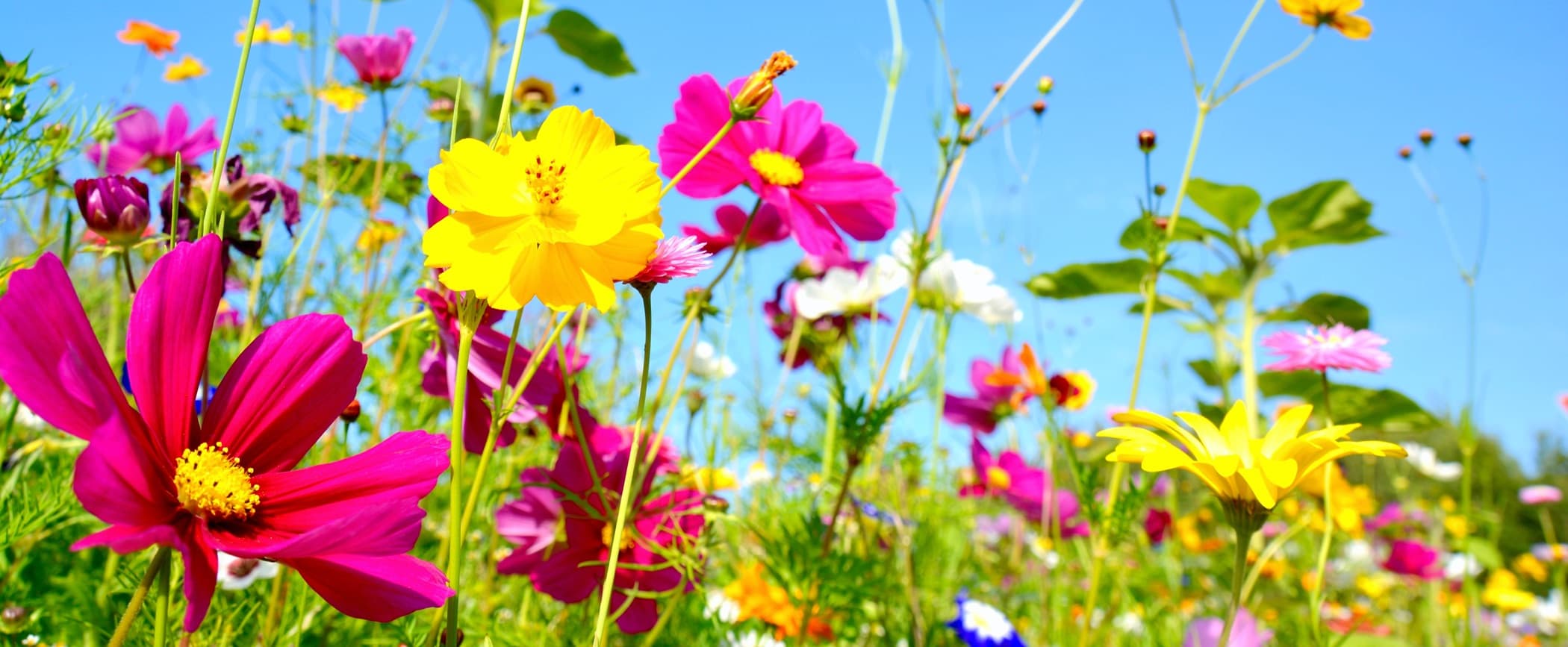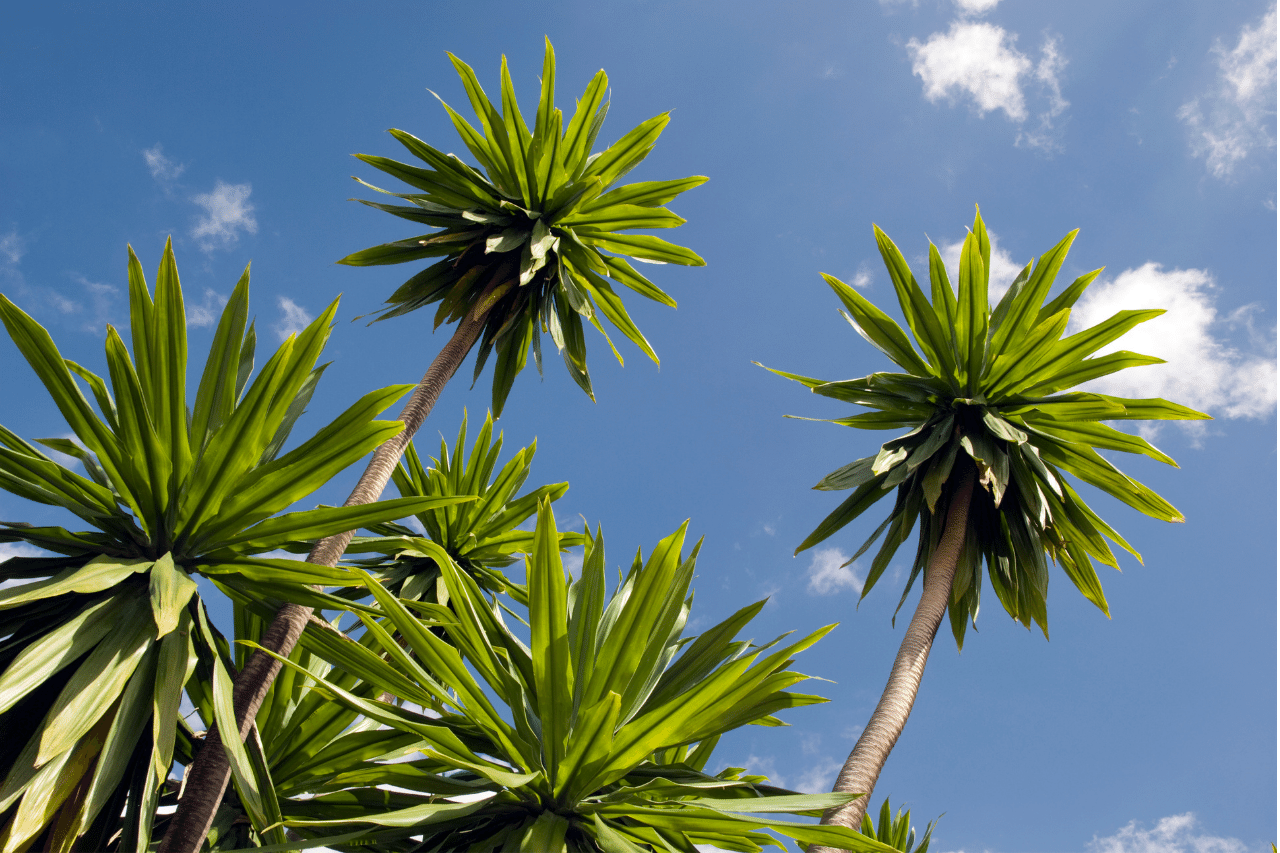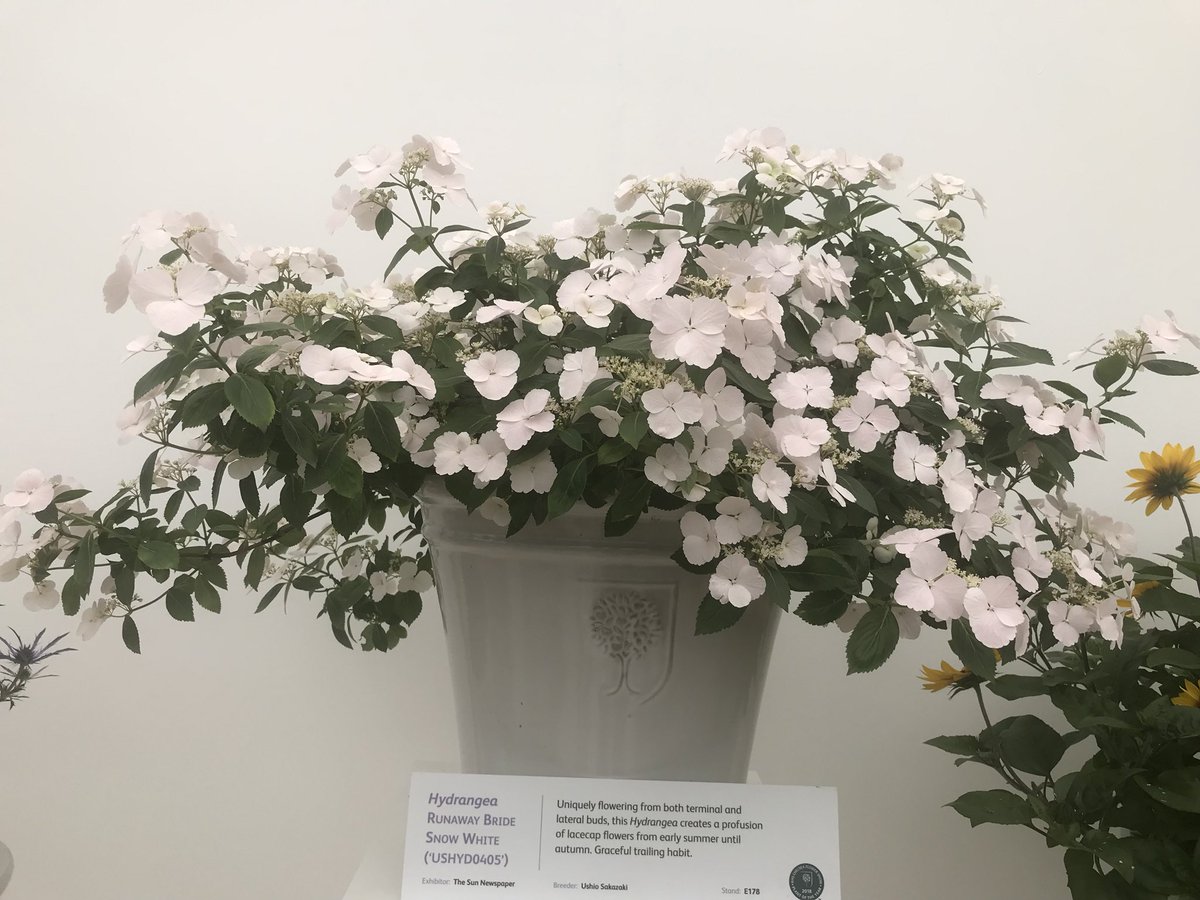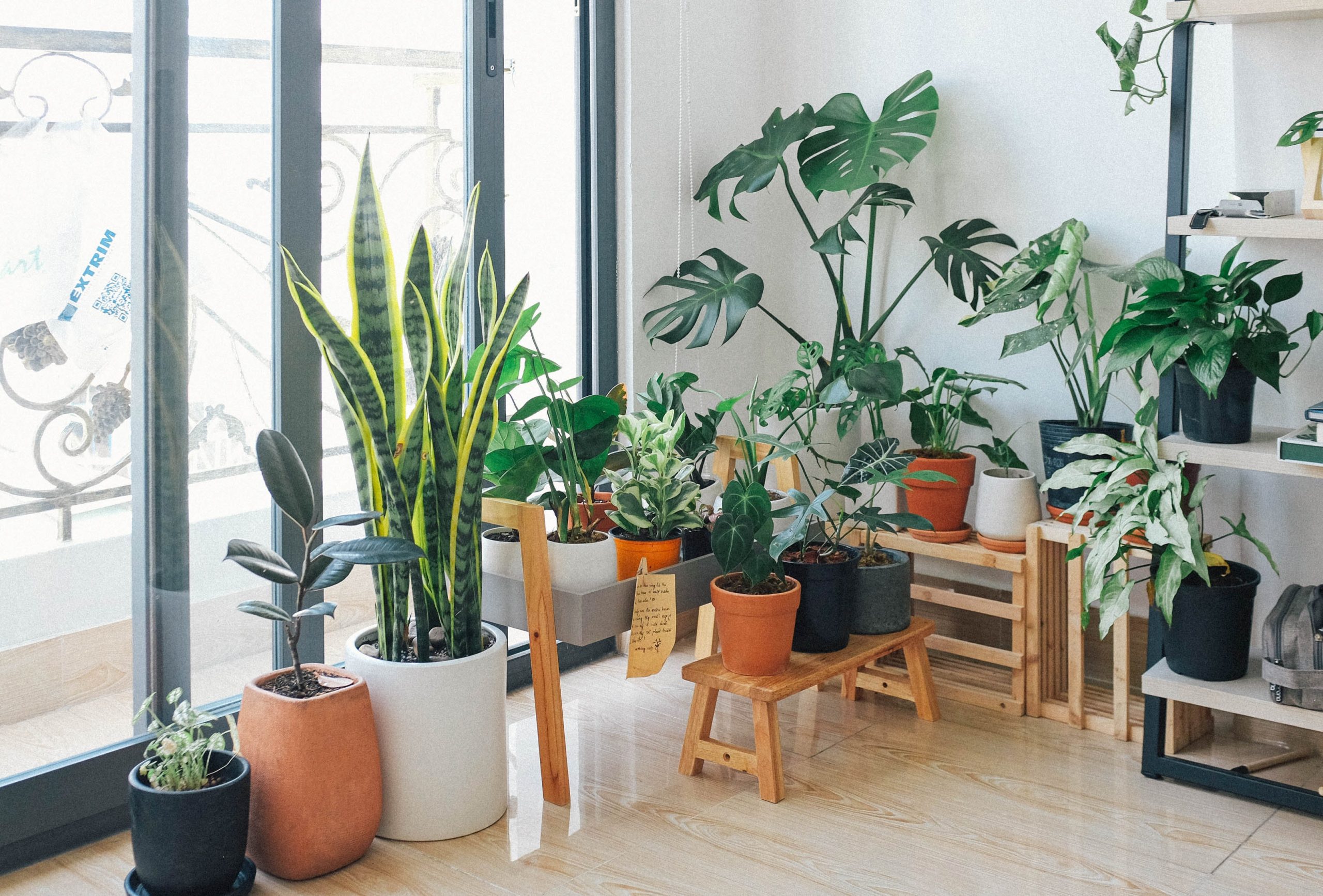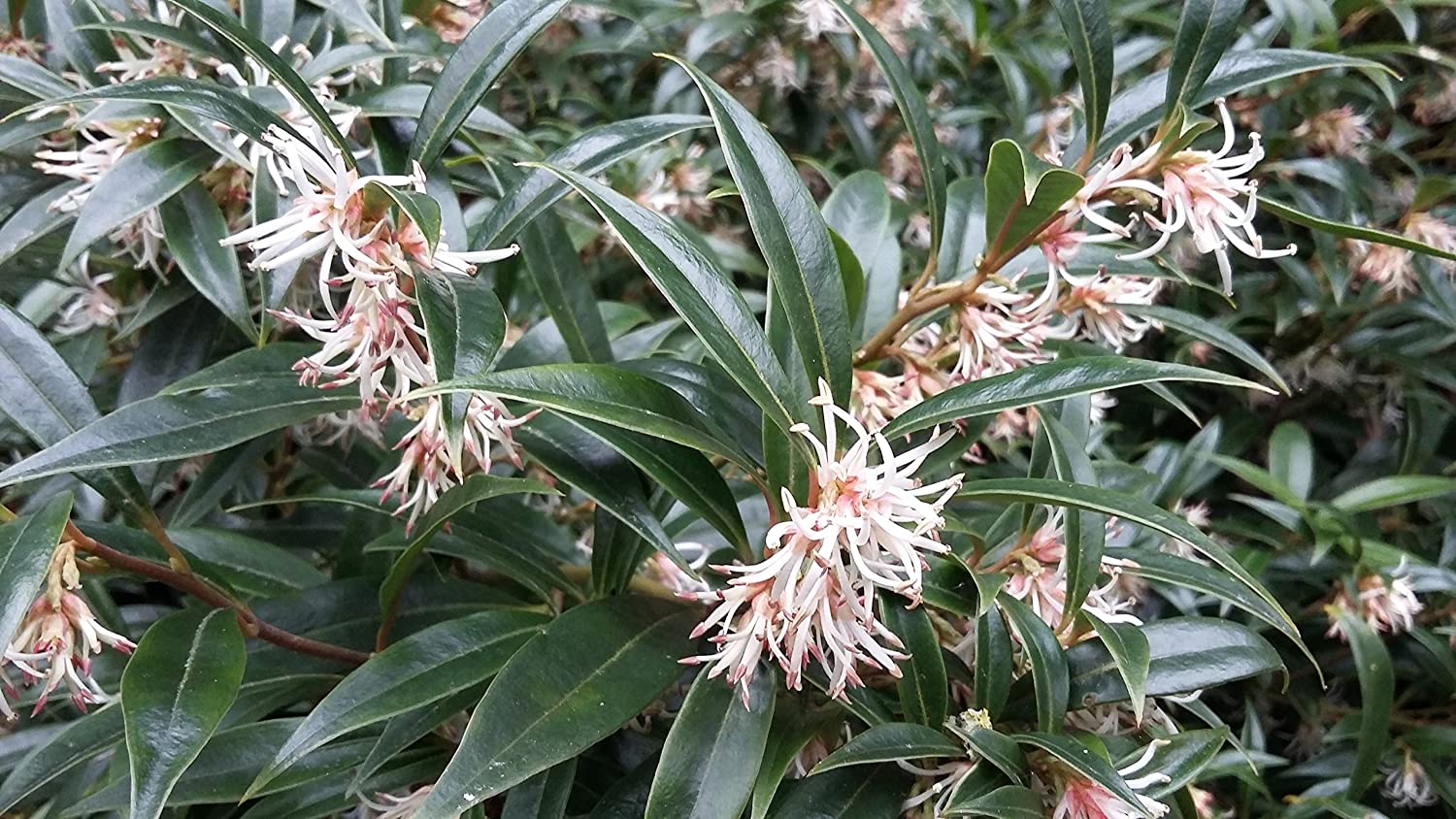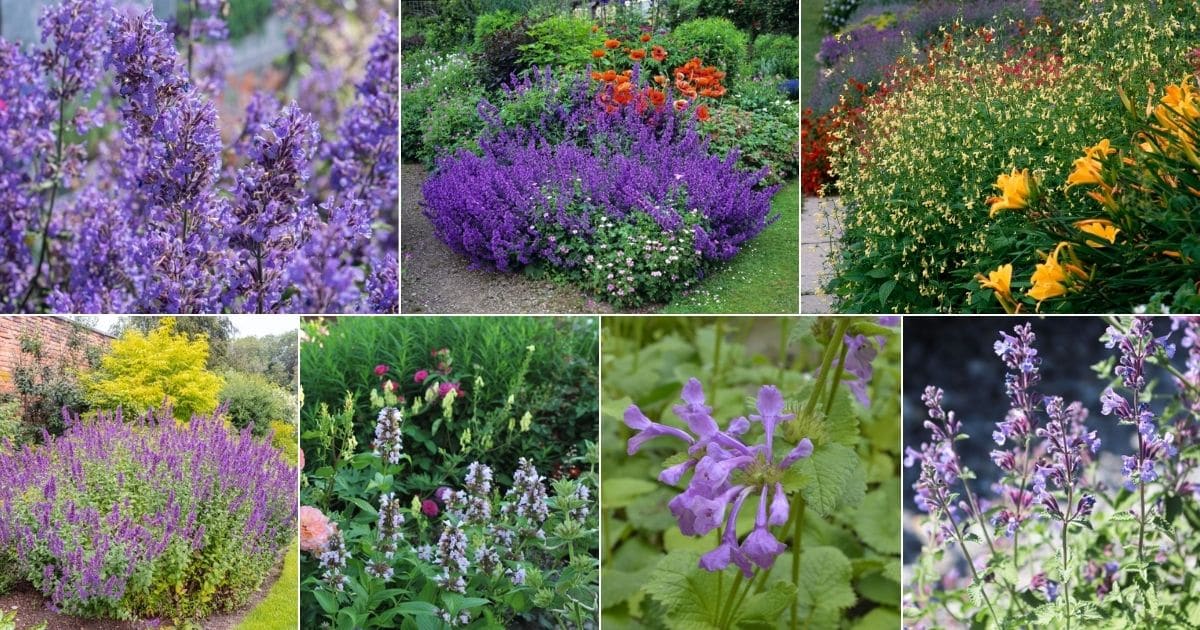Zinnia Planting and Caring Guide [UK]
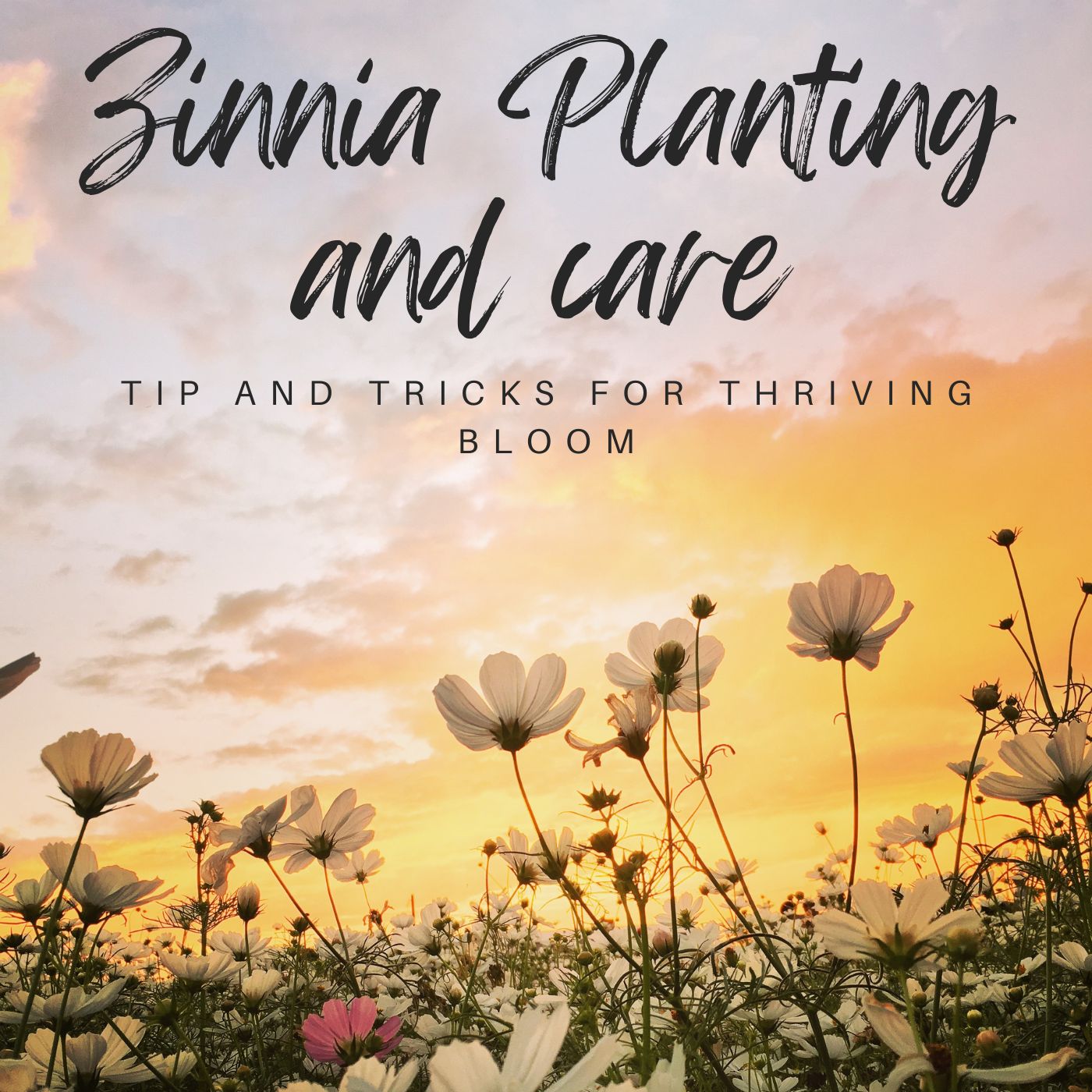
Table of Contents
Well-loved by gardeners for their vibrant colours and ease of care. Zinnias is an annual flowering plant that is popular in vegetable gardens and homes. They can be grown in containers, pots, and gardens and come in a whole range of shapes, sizes, and colours.
One species, called Zinnias elegance, has rough and shaped lance leaves, while other species have scratchy and broad leaves. Most of the flowers have a round shape, or maybe daisy or dahlia-type look. The blooming season for Zinnias is summer to fall, for almost 2-5 months.
In today’s post, we will show you some basic growing tips you can keep in mind when it comes to taking care of Zinnia plants and what you can do to take better care of them. Want to know more about zinnia plants? Keep reading!
Zinnia Plant Care & Growing Tips
Every plant requires a different atmosphere and nourishment to bloom completely. Let us understand the planting and growing tips for Zinnias.
Pick the Right Soil & Location
Zinnias can only flourish in well-draining soil that has organic matter in abundance. They also prefer soil that comes between a pH of 5.5 to 7.5. If the soil is clay-like or heavy, it has organic matter that improves fertility and drainage. It is also important that you choose a location that gives maximum sunlight for at least a few hours a day, as Zinnias are known to thrive in direct and bright sunlight. When you plant them in partial shade, they can rest in spindly-looking plants with a couple of flowers.
When to Plant Zinnias?
Zinnias are best planted outside. You can grow them post springtime, especially when the soil has become warm, after 60 fahrenheit. In areas where you do not have a long growing season, you can plant the seeds indoors for a few weeks before the last frost date and transplant. If you want to plant Zinnias in the containers, then you can begin with them in the growing season.
How Do You Plant Zinnias?
Before you plant zinnias, you need to loosen the soil a bit. You can do this by mixing compost with other organic matter. Just sow the seeds one-fourth deep and space them between 6-12 inches. You can also plant seedlings instead of seeds which can be purchased in a nursery or outdoors. When you transplant seeds, space them between 8-18 inches, that is 20-45 inches.
Watering Zinnias
Regular watering of zinnias needs regular growth and needs you to produce abundant blooms. By watering them once a week, especially during dry or hot weather, you will be able to grow them successfully. The soil, however, needs to be moist since excess water could also lead to rot and other problems. Make sure that you don’t get the leaves wet when you are watering since they can cause fungal diseases.
Fertilizing Zinnias
If you want to promote abundant blooms and healthy growth, fertilize Zinnias every 4-6 months, especially during the growing season. Make sure to use a balanced and water-soluble fertilizer like 20-20-20 formulas that usually work. However, you need to follow the instructions given on the package and read them carefully. Over-fertilizing can lead to leggy growth, so make sure that you don’t apply a lot of fertilizer.
Deadheading Zinnias
This is a process where you remove spent dead flowers from a plant and then use them to promote new growth. Zinnias usually benefit from deadheading as it also encourages you to produce more flowers and also prevents seed heads. If you want to deadhead zinnias, just remove all the spent flowers by pinching them off the fingers and using some pruners or scissors.
How to Take Care of Zinnias?
Zinnias are one of the easiest plants that you can take care of. They come in a range of shapes, colours, and sizes and can be a versatile addition to any landscape. However, just like other plants, they require proper care and abundant blooms. In today’s article, we will tell you more about Zinnia plant care and give you tips on how to keep them vibrant and healthy at all times.
Sunlight and Soil Requirements
Zinnias need enough sunlight in order to flourish, bloom and grow. You need to give them at least 6 hours every day in order to thrive. Choose locations or containers that give you ample sun at all times of the day. If you want to plant Zinnias, make sure that the container is placed in such a location where your plant can get enough sun.
To keep the plants healthy and promote abundant blooms, fertilize them with a balanced fertilizer rich in nitrogen, phosphorus, and potassium every two weeks. Slow-release fertilizers can also be used following the manufacturer’s instructions to avoid over-fertilizing, which can damage the roots. Finally, to encourage continuous blooms, it’s crucial to remove spent flowers from the plant, a process known as deadheading. You can also prune the plants as needed to manage their shape and size.
Watering and Fertilizing
Regular watering is necessary to keep the soil moist but not waterlogged. Deep watering once a week or more during hot and dry weather is ideal. Ensure excess water drains away from the plant, and avoid getting water on the leaves to prevent fungal diseases such as powdery mildew.
Fertilize Zinnias with a balanced fertilizer rich in nitrogen, phosphorus, and potassium every two weeks to provide the necessary nutrients for growth and abundant blooms. Slow-release fertilizers can also be used following the manufacturer’s instructions to avoid over-fertilization that can burn the plants and damage the roots.
Deadheading and Pruning Zinnia Plants
To encourage continuous blooms, remove spent flowers from the plant in a process known as deadheading. Prune the plants to manage their shape and size as needed. This not only keeps the plant looking tidy but also promotes the growth of new blooms. Zinnias are prolific bloomers and will continue to produce new flowers throughout the growing season if you deadhead regularly. Use sharp scissors or pruning shears to remove the spent flowers just above the next set of leaves.
Pruning is the process of removing any damaged or diseased stems or leaves from the plant. This helps to keep the plant healthy and encourages new growth. Use clean, sharp pruning shears to make a clean cut just above the healthy part of the stem or leaf.
Common Problems and Solutions
Just like all the other plants, Zinnias also have a few common problems. Here’s a look at some of them and how you can solve them:
1. Powdery Mildew
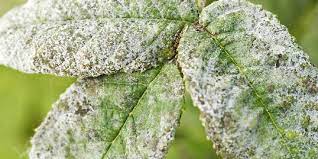
This is a fungal disease that appears to be white in colour. It needs to coat the stems and leaves of the plant. It is usually caused by poor air circulation or even watering. In order to prevent mildew, make sure you avoid getting wet leaves whenever you are watering the plants.
2. Leaf Spot
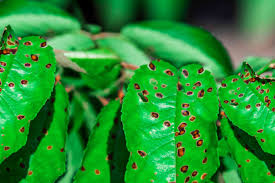
This is a fungal disease that often leads to brown spots spreading across the plant leaves. It could cause overwatering, poor air circulation, or even planting soil that is extremely moist. In order to prevent spots, avoid getting leaves wet when they are watering. Make sure to provide enough air circulation. Remove all infected leaves and ensure that you dispose of them in the trash.
3. Aphids
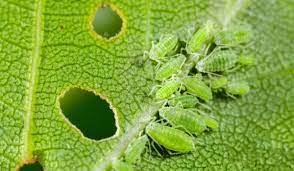
They are soft-bodied insects that look pear-shaped. They also come with long antennae and need to be careful in order to prevent your plant from losing its original colour. To keep your plants healthy and avoid them from overspreading, use soap in a nice stream of water. Ladybugs and lacewings, or even aphids, can also be released to control the populations.
4. Spider Mites
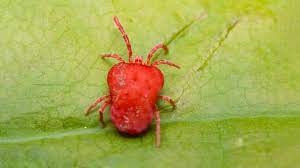
They are also tiny insects that feed on plants. They also cause the leaves to become yellow and brown. You could find them in webs as they also cause you to spin on the plants. If you want to prevent the entry of plants, keep them hydrated and mist them again and again. This increases humidity. You can also use soap in order to control overpopulation.
5. Root Rot
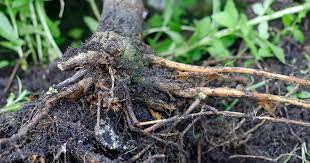
This is a fungal disease that affects plant roots that are caused by overwatering soils and plants. In order to prevent them, make sure that the soil is well drained. Also, ensure that the water is not overwatering. However, if you see the root rot already settling in, remove its affected plants and make sure to dispose of the trash too.
Zinnias as Cut Flowers
Did you know that Zinnias also makes great cut flowers, as far as they can last long? They also come in a range of colours and sizes. If you want to use Zinnias, simply wait till they are open, and then you can cut them. Cut the stems at a 45-degree angle, and then you can use them in clean water. Ensure that you clean the water every couple of days and trim its stems whenever you change the water so that it is well-maintained.
What Are the Best Alternatives for Zinnia Flowers?
If you want a very easy-to-grow plant that needs less maintenance and is easy to thrive, you can consider Zinnias. But, if you wish to add variety to your garden or need plants that could complement your Zinnias, there are several ideas and choices you can pick from. On that note, here are some alternatives you can consider instead of Zinnias.
1. Marigold
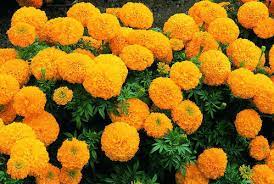
Marigold is known for its cheerful and bright colours. They come in colours like red, yellow and orange. Just like zinnias, they are very easy to flow and can easily thrive in the sun. They are great for handling pests and make a great choice for vegetable gardens.
2. Sunflowers
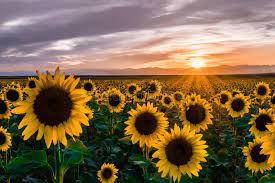
They are impressive and tall plants that can add a focal point to the whole garden. They also come in sizes, from dwarf varieties that are perfect for towering giants and containers which can go up to 15 feet tall. Sunflowers also need full sun as well as well-draining soil like Zinnias.
3. Cosmos
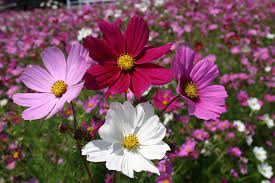
They are delicate and airy plants that produce flowers in shades of purple, pink, and white. They can also be 6 feet tall and need sunlight and well-draining soil to function. They are also a wonderful choice for those who want to attract pollinators and other butterflies.
4. Black-eyed Susans
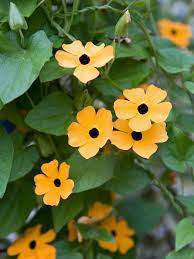
They are an excellent choice for wildflower gardens and other neutralized areas. They can produce flowers in dark centres and are about 3 feet tall. Black-eyed Susans also require well-draining soil and are low in maintenance.
5. Blanket flowers
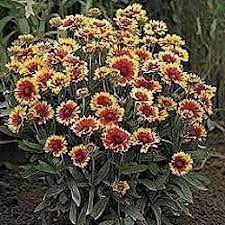
They are native wildflowers that produce yellow and red flowers that have distinctive blanket stitch petals. They need full sun as well as well-draining soil, which are excellent for attracting pollinators.
6. Salvias
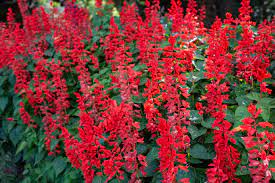
Salvias include perennial and annual varieties. They produce flowers in shades of pink, purple, blue, and red and come with well-draining soil too. Salvia is also a smart choice if you want to attract hummingbirds to the garden.
7. Petunias
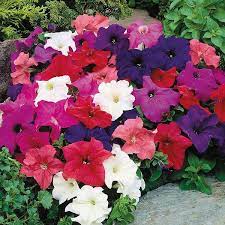
They are a classic garden that comes in a whole range of patterns and colours. They need well-draining soil and the sun and are excellent for adding colours to the hanging baskets and containers.
8. Latana
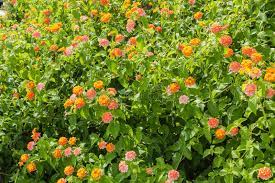
Latana is a plant that also produces clusters of flowers in various shades of pink, yellow, and red. They need good draining soil, which is needed for attracting butterflies and hummingbirds.
9. Germaniums
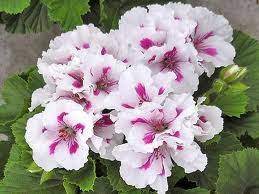
Germaniums are a good bedding plant that comes in a whole range of colours like purple, red, white, and pink. They need the whole sun and have well-draining soil, which adds colour to window boxes and containers.
Overall, Zinnias are an excellent choice as they add vibrancy and colour to your garden. There are several alternatives you can choose from as they can complement your landscape and add variety to it. Regardless of whether you choose salvia, blanket flowers, dahlias, cosmos, flowers, lantana, or petunias, they will definitely add the beauty you’re looking for in your garden.
Conclusion
Zinnias are colourful and can be an excellent addition to your container or garden. By simply following these basic requirements, you can enjoy the beauty of these vibrant blooms for all reasons. All you need to do is choose a location that is sunny.
Make sure there is well-draining soil, fertilize it regularly, water it, and keep it away from common problems like mildew, powdery, and aphids.
With just a little bit of attention and care, your Zinnias will thank you for displaying brilliant beauty and colours.

